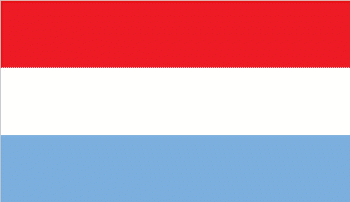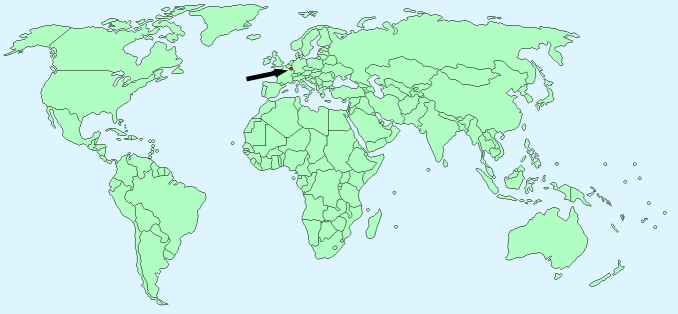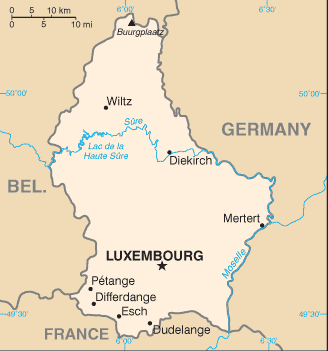Luxembourg


Continent – Europe
Region – Western Europe, European Union, Eurozone
Size – 2,586 km²
Geography – gentle hills with steeper slopes in the south
Language – Luxembourgish, French, German
Religion – Roman Catholic 87%, Other and none 13%
Monetary Unit – Euro
Natural Resources – iron ore, arable land
Agriculture – grapes, barley, oats, potatoes, wheat, fruits, dairy, livestock
Industry – banking, financial services, iron and steel, information technology, telecommunications, cargo transportation, food processing, chemicals, metal products, engineering, tyres, glass, aluminium, tourism, biotechnology, logistics

Neighbouring Countries – France, Germany, Belgium
Population – 520,672 (2014 estimate)
Population Growth Rate – 1.12%
Average Life Expectancy – 80.01
Capital City – Luxembourg city (94,000)
Highest Mountain – Buurgplaatz (559m)
Longest River – Sauer (173km in Belgium, Germany and Luxembourg)
Climate – Continental – cool winters – -1°C to 12°C and warm summers 10°C to 24°C
Yearly Rainfall – 75 cm (approx)
Plant Life – pine, chestnut, spruce, oak, linden, elm, beech, fruit trees, grape, blueberry, genista, ferns
Animal Life – deer, roe deer, wild boar
Bird Life – grebe, cormorant, bittern, stork, Eurasian teal, black kite, swan, osprey
Fish Life – perch, carp, trout, pike, eel, bream
Harvard Reference for this page:
Heather Y Wheeler. (2015). Luxembourg. Available: https://www.naturalhistoryonthenet.com/Facts_Figures/Country_Facts/luxembourg.htm. Last accessed Monday, July 18, 2016
Facts and Figures Pages
